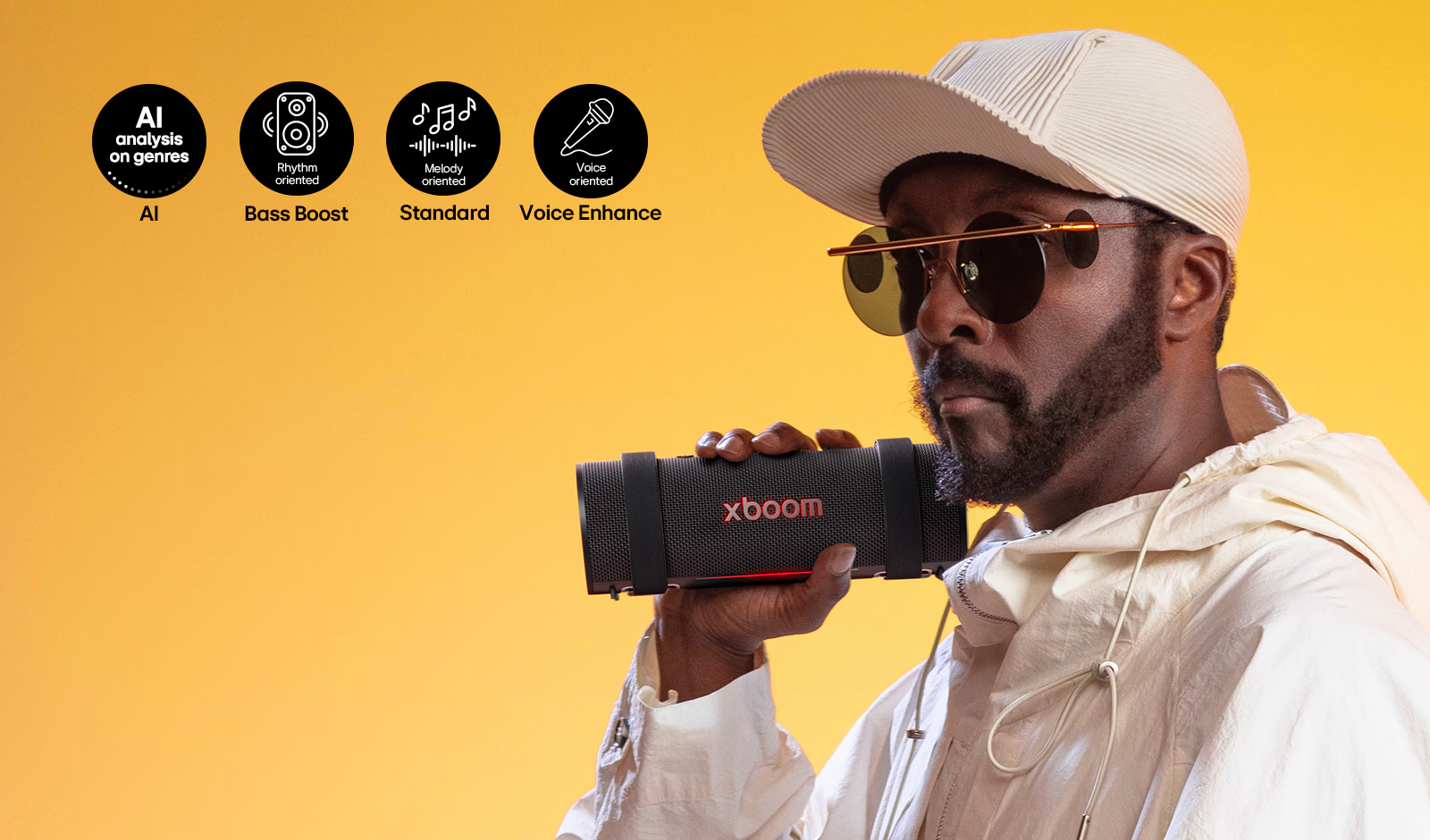An Honest Opinion on the Fujifilm X-T50 in the Philippines
Fujifilm’s X-T10, X-T20, X-T30, and X-T30 II have consistently enjoyed great popularity. Numerous buyers expressed satisfaction with the compact design, high-quality technological specifications, and reasonable price of the Fujifilm X-T50, which was unveiled 2 weeks ago.
The good news is that the Fuji X-T50’s specifications seem incredibly good on paper. With numerous improvements, Fujifilm has made the X-T30 II even better. Unlike the X-S20, it also makes advantage of the high-resolution APS-C sensor, which has a resolution of 40 megapixels. Furthermore, a 5-axis image stabilizer is included without compromising, and in comparison to the X-T5, there are often fewer concessions to be made.
The bad news is that the new functions come at a high cost from Fujifilm. When combined with the new 16-50mm f/2.8-4.8, the recommended retail price of the camera is Php 92,990. Initially, when the cost is in line with the recommended retail price, the Fuji X-T50 isn’t a particularly good deal.

The primary features of the Fuji X-T50 specs
I have already mentioned the APS-C sensor with a resolution of 40 megapixels (BSI-CMOS, X-Trans) and the fact that it is movably mounted and thus a 5-axis image stabilizer is available. Specifically, the IBIS is able to compensate for up to 7 f-stops .
This indicates that the X-T50 performs similarly to the Canon EOS R7 and decisively beats cameras like the Sony A6700 (5 f-stops). The current Fujifilm X-Processor 5 is positioned in front of the sensor.
The more costly Fuji X-T5 or X-H2 has been entirely replaced by the autofocus of the Fuji X-T50. This entails the recognition and tracking of faces, eyes, animals, birds, airplanes, and other vehicles. However, it does not contain the 160 megapixel pixel shift option that is familiar from the X-T5.
The X-T50’s display is 3 inches in size, 1.84 million pixels in resolution, and able to be tilted up or down. As a result, Fujifilm did away with the X-T50’s foldable display that attached to the side of the casing. With its 2.36 million pixel resolution and 0.62x magnification, the electronic viewfinder won’t likely make a lot of people happy, but Fujifilm deserves praise for making this resolution common in this price range; the Canon EOS R7, Sony A6700, and Nikon Z fc don’t offer any more.
Similar to the electronic viewfinder, there are certain trade-offs between continuous shooting speed and shutter speed with comparison to its larger sister. With a mechanical shutter, the maximum continuous shooting speed is 8 frames per second rather than 15 frames per second, and the minimum shutter speed is just 1/4,000 second rather than 1/8,000 second. Conversely, there are no changes when using an electronic shutter in comparison to the X-T5, which can shoot at 13 frames per second without a crop factor and 20 frames per second with a 1.29x crop factor.

In terms of video specs, the X-T50 and X-T5 are comparable. As a result, it is feasible to record 6.2K videos at a crop factor of 1.23x and 4K videos at 60 frames per second (10 bit, 4:2:2). Other available video functions include F-Log2, RAW video output via HDMI, and others.
The X-T50’s housing has slightly increased in size and weight over its predecessor; it now weighs 438 grams and measures 12.4 x 8.4 x 4.9 cm. In particular, Fujifilm claims to have improved the handle, which now appears larger and should fit more comfortably in the hand. This is a positive development, in my opinion, and the X-T50 is still sufficiently small and light in comparison to other models.
The X-T50 lacks dust and splash water resistance, however it does have a new dial on the upper left corner of the camera that is dedicated to film simulations. Out of the twenty film simulation modes, eight have a fixed position on the dial, three more may be customized, and a custom position gives you access to every other mode through the menu.
The following are the Fujifilm X-T50’s additional technical specifications:
Tiny Pup-Up Light
305 pictures in standard mode and 390 pictures in economy mode (NP-W126S battery life)
One SD memory card (UHS-II) can fit there.
Micro-HDMI, USB-C, microphone port, and USB adapter for headphones
Bluetooth and WiFi 5

Introducing the new 16-50mm f/2.8-4.8
In addition to the X-T50, Fujifilm has released the XF 16-50mm f/2.8-4.8 R LM WR, a new kit lens suitable for all APS-C cameras that can effortlessly capture images up to 40 megapixels. This is a weatherproof lens with an internal zoom, the closest focusing distance is 24 cm across the entire focal length range. It weighs 240 grams, is 71 cm long, and Fujifilm has dispensed with an image stabilizer. This should not be a problem, at least when used with cameras such as the X-T50, as it has a powerful IBIS. The price for the lens is 799 euros, but it will be significantly cheaper in a kit with a camera.
Price and availability
From June 2024, the X-T50 will be available on retailers’ shelves in black, silver and anthracite at Php 92,990 for the body only and Php 117,990 with the XF 16-50mm F/2.8-4.8 R LM WR lens.







